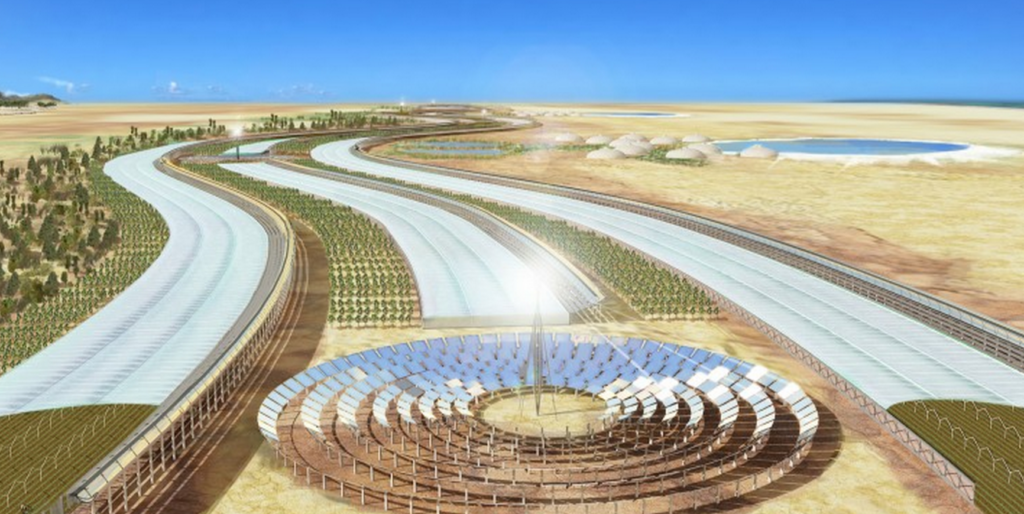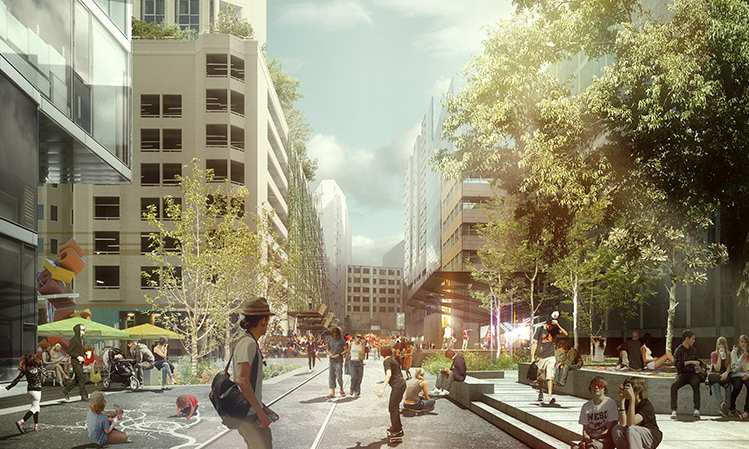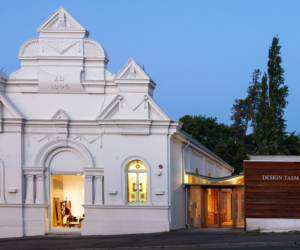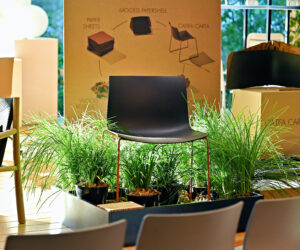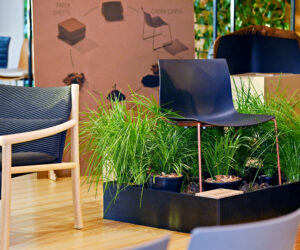Green Cities Conference 2015 wrap
Green Cities is the pre-eminent conference in the sustainable cities design calendar. It brings together industry professionals from design, urban planning, engineering, technology, property management and development, economics, government, and a myriad of other professions that influence and shape our cities.
The theme of this years conference was “how do we create a greater connection to place?” Over two days the audience heard from an impressive line up of Australian and International speakers. We heard compelling case studies, thought provoking new ideas and inspiring techniques that foster strong and enduring relationships between people, spaces and buildings.
The tone of the conference was set by key note speaker Larry Beasley CM, often referred to as ‘ the father of Vancouverism’. Larry is responsible for radically transforming Vancouver, Canada’s third largest City, into one of the worlds most liveable cities. His message was clear, how do we make cities people love and cherish?
Before you start humming the Beatles, cities have a hard reputation to overcome. The vision of the cold inhumane city is still deeply entrenched in many peoples minds. While the siren song of the quarter acre block with tree lined streets and neighbours remains a resonate ideal for many people seeking to settle down.
With population growth set to rise, changing demographics and increasing pressure on our environment the need for dynamic and compact liveable cities is not just an ideal but a necessity. The practice of more is better is not good enough. Rather, the yolk that binds the old with the new will combine neighbourly values with the opportunities and services of the city. As Larry would say , lets ‘bring the soul back into the city’.
How we do this requires a considered and inclusive approach from governments, designers, prosperity owners, citizens, thinkers, lovers and dreamers.
Here are a few moments from the conference that capture the soul of the city…
Government
Lord Mayor Robert Doyle reminded us that great cities need leadership. Melbourne’s current status as the world’s most liveable city has been earned through a considered approach to planning. Our lane-ways are a massive draw card for both locals and tourists. The network of trams and bike infrastructure has eased the flow of car traffic in the downtown area, contributing to an outstanding 86% of journeys each day being made by foot. Not to mention the urban forest and parks that characterise our streets and surrounding neighbourhoods. This is set to increase by a staggering 3000 trees every year for 10 years, which will reduce the ambient temperature in the downtown area by 4%.
The effort by our local government to improve people’s experience of the city is an ongoing challenge. Prof. Rob Adams AM, director of City Design in the City of Melbourne expressed it very simply, good streets equals good cities. As our buildings continue to go up in scale and size, they must maintain the interface with the street, balance the old with the new and support a diversity of activity and people of all generations and race. Cities must as Adam’s suggests enable a ‘dignified experience’ for everyone.
melbourneurbanforestvisual.com.au/
Designers
The conference saw an amazing array of projects and approaches to creating vibrant buildings and spaces.
Michael Pawlyn proved that nature is the best resource book for intelligent and sustainable design. Nature has spent 3.8 Billion years in research and development. We now have the ability to mimic many of natures qualities in our built environment that can be ‘regenerative’ to the environment and spirit.
exploration-architecture.com/projects/biomimetic-office-building
Sasha Coles from ASPECT studios presented Sydney’s version of New Yorks High line, the Goods Line. Once a derelict strip of rail infrastructure, the Good line will soon become a vital urban hub that connects more than 80,000 tertiary students, locals and visitors. The project is a beautiful example of ways to build public spaces that preserve the traces and history of our cites while opening up new opportunities for great design and places for people.
aspect.net.au/projects/the-goods-line/
While many of us are thinking about our aging population, Brad Krauskopf from Third Spaces is thinking about the next generation of workers. By 2025 75% of the workforce will be made up of Gen Y and millenniums. Where and how work takes place will have a huge impact on the design of future work places and cities. Will the CBD be the economic hub of the future or your local café?
Thinkers
Have you ever heard of environmental surfing? This was the term Prof. Vivian Loftness from Carnegie Melon University used to describe techniques that improve a buildings IQE (Indoor Environment Quality) by harnessing passive solar and day light.
The value to the economic, environmental and work culture of a building she said are tangible and with Ashak Nathwani’s (Honorary Associate and Senior Lecture at the University of Sydney) smart device SAMBA, you can now measure it. SAMBA monitors thermal comfort, indoor air quality, humidity, air speed, light levels, acoustics and carbon dioxide concentrations through small sensors placed throughout buildings.
If you are really committed to sustainability you should also check out The International Living Future Institute ‘Living Building Challenge.’
sydney.edu.au/architecture/disciplines/archdesignscience/ieq/
David Tickle from HASSELL also delivered an engaging talk on the urban housing challenge with clever solutions for tackling density on three very different scales in Sydney, London and Shanghai. Using existing housing models, typical of each city, his designs introduced space and light whilst delivering substantially more accommodation.
Dreamers and lovers
Now for the dreamers and lovers.
Do you sometimes look around the city and think ‘I wish I could climb that’ or ‘I really feel like giving that person a hug’? Well, Sue Wittenoom Director and Strategist from AECOM presented a number of compelling and sometime confronting mobile phone games that can encourage people to talk to each other or revision the city as an urban playground.
Check out the app Soulfill as well as the work of Perth based art collective called PVI Collective.
globalgamejam.org/2014/games/soulfill
pvicollective.com/projects/deviator/
If you still feel sceptical that sustainable cities are not achievable or important, I will leave you with the words of Larry Beasley CM, “what your city feels like gives them a competitive edge”.
Get to it!!
